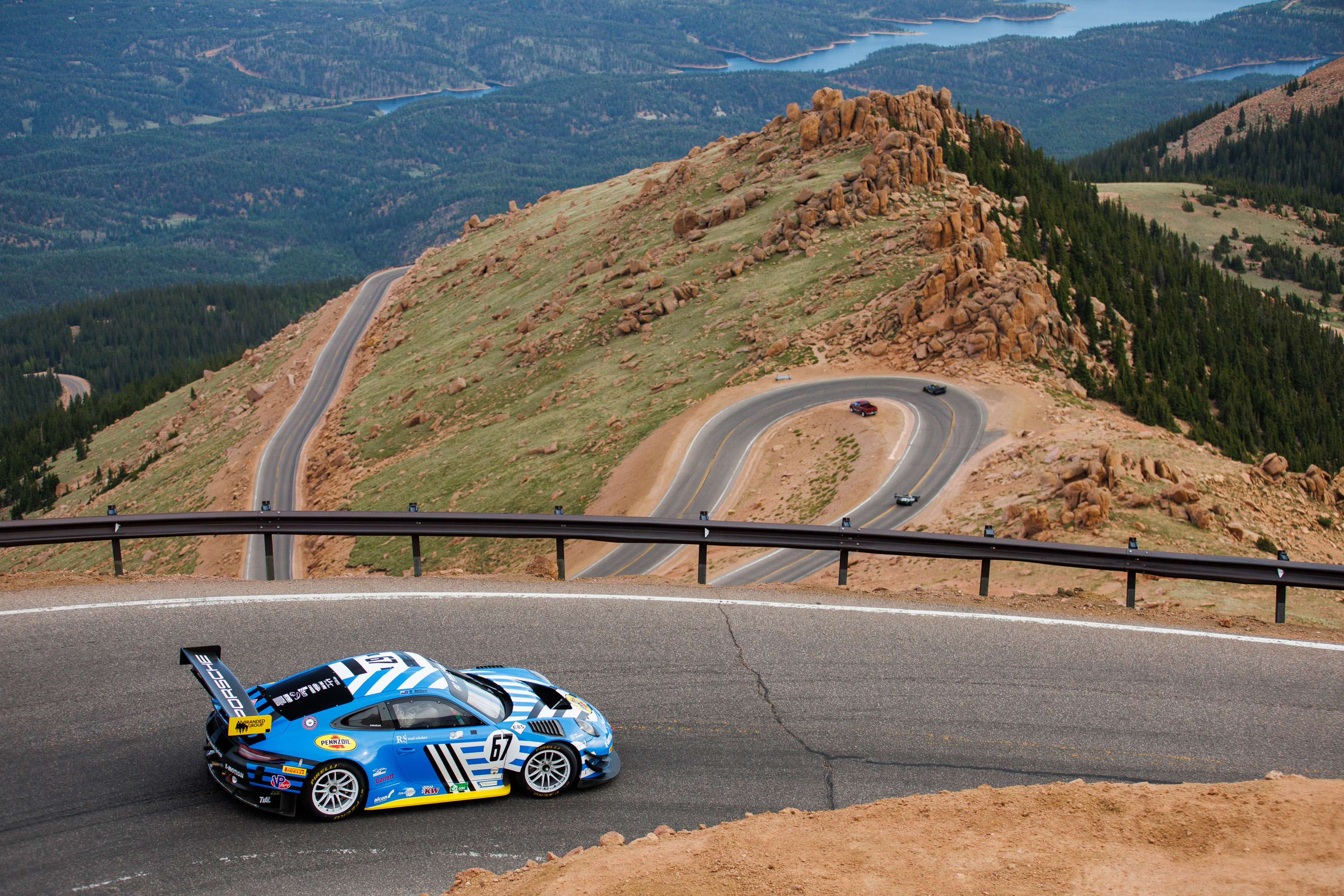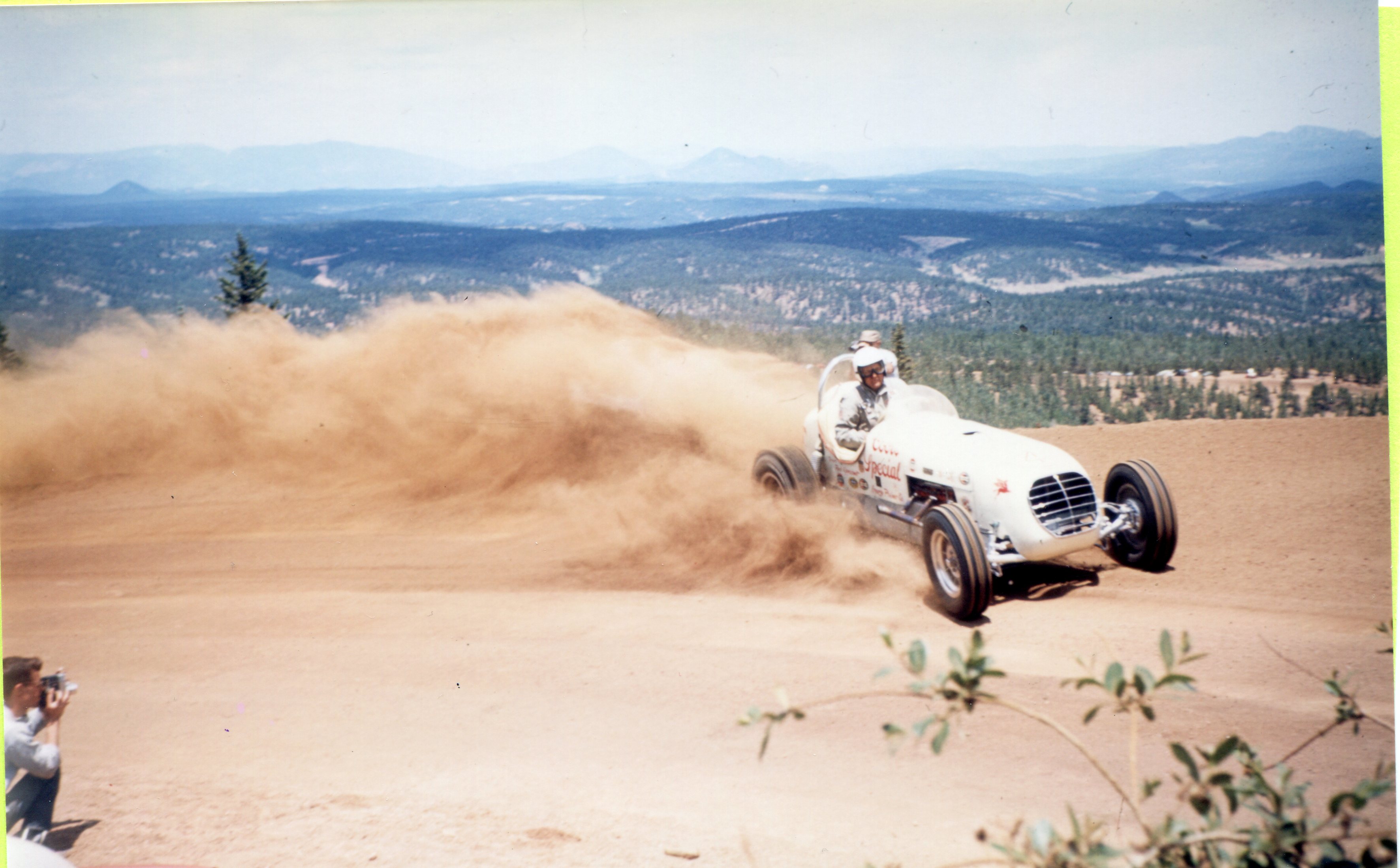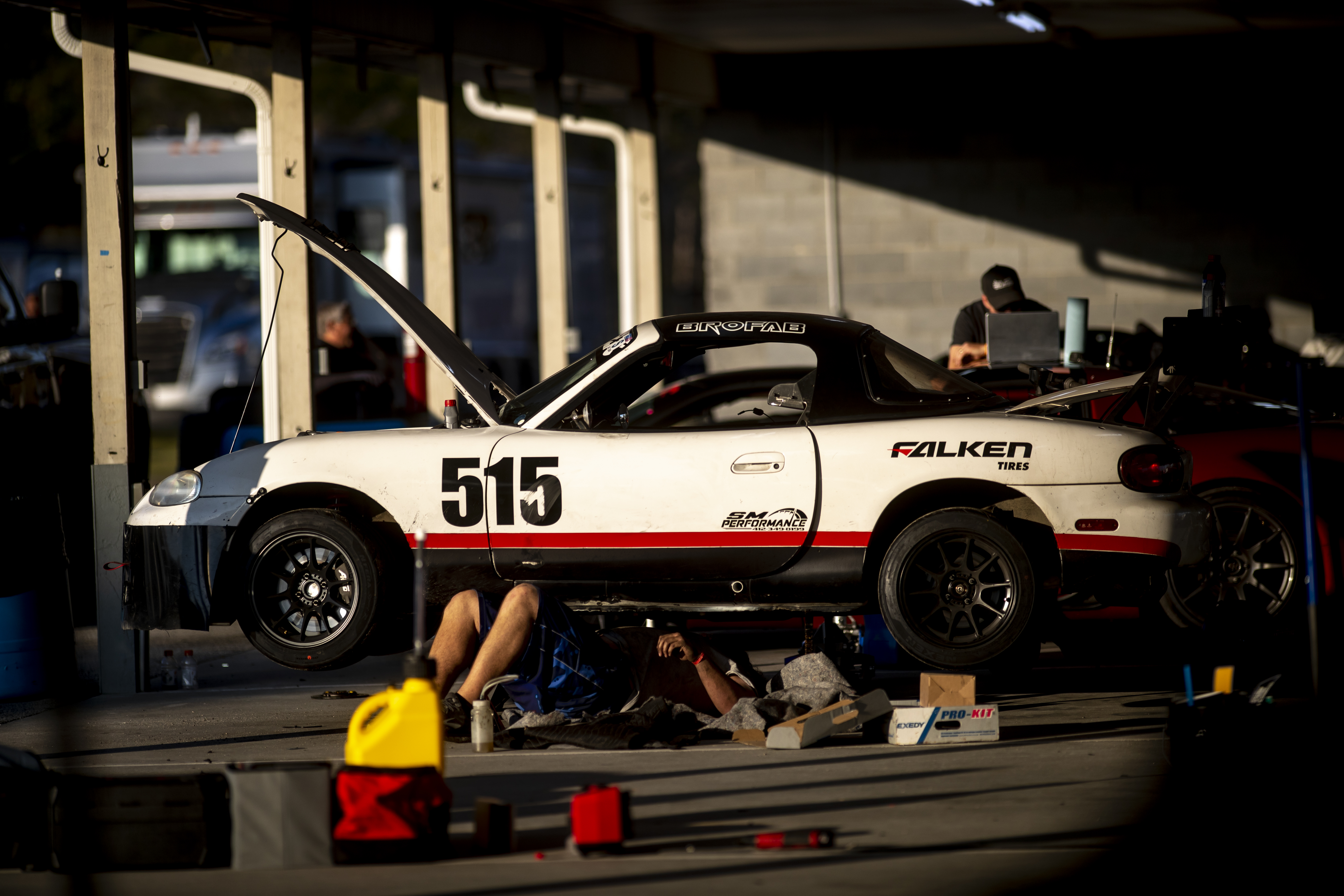
The Ultimate Challenge
Outside of Denver, Colorado, nestled in the Rocky Mountains, there is a road that climbs over 4,500 vertical feet over 12 miles, reaching the summit above the clouds at 14,115 feet, one of the highest peaks in the United States. It is one of the most intimidating mountain roads anywhere. Yet, for over a century, drivers have come from around the world to test their mettle and race up the mountain in the Pikes Peak International Hill Climb. While there was a race to the top in 1916, the official race began in 1922, making this year’s race the 101st running of the Hill Climb.
Pikes Peak is unique, being the second oldest American race and the most notable off-track race in the country. Over the past century, the track has evolved, slowly changing from dirt to mixed surface, and now finally fully paved, and the technology has changed, too, with cars now reaching the top of the mountain in less than 8 minutes. However, one thing has remained constant: drivers pushing their bodies and machines to the brink.
Its elevation makes Pikes Peak a special challenge. Racing teams always change their car’s setup or tune depending on the site, but most races have little elevation change during the race. Pikes Peak, however, starts at an elevation of 9,300 feet and climbs almost a mile through 156 corners to its 14,000ft summit. It’s a grueling experience for drivers and vehicles that can sap up to 30% of the engine’s power by the summit. Drivers and their teams train and fine-tune their cars for months for the reliability, durability, and power needed to make it up the mountain. This often comes down to the right tools and components.
Whether on Pikes Peak or in your garage, having the right tools makes reaching your goals easier.
These elevation changes pose significant issues to drivers and their engines, since as the cars climb, the amount of oxygen available for the engine and the driver starts to decline. As drivers race above the clouds, some drivers even use supplemental oxygen. These conditions make this race and its drivers legendary.
Recently, some teams and manufacturers have responded to this challenge with the innovation of hybrid and electric vehicles, with the Volkswagen ID.R reaching the top of the mountain in a blistering 7 minutes 57 seconds, one of the fastest times ever recorded, with an average speed over 96 miles per hour.
As EV sales grow, the DieHard EV 12-volt battery works with the EV’s high-voltage battery to provide power and emergency support for safe operation.

Paul Kleinschmidt | Pikes Peak International Hill Climb Archive
Despite these hardships, drivers persevere in part due to the sheer uniqueness and fame of the Climb. A drive this challenging has attracted some big names in motorsport over the years, including Paul Newman, Patrick Dempsey, and Travis Pastrana. Racing pioneers who have made history on the mountain include, Mario Andretti, Romain Dumas, Phil Hill, Michele Mouton (the first female champion in 1985) and the legendary Unser family, who have collectively won the race 22 times.
Each year, we’re reminded of how truly challenging and inspiring the Pikes Peak International Hill Climb and its drivers are. We applaud every driver who has attempted to race to the clouds on Pikes Peak over the past 100 years and look forward to this year’s Climb.







